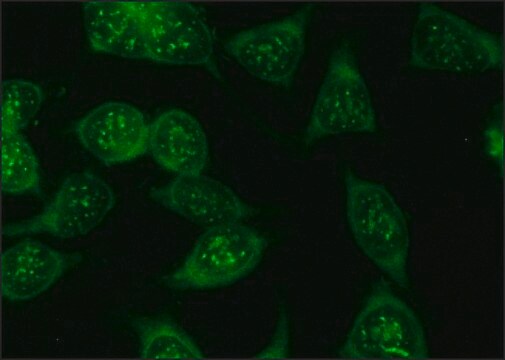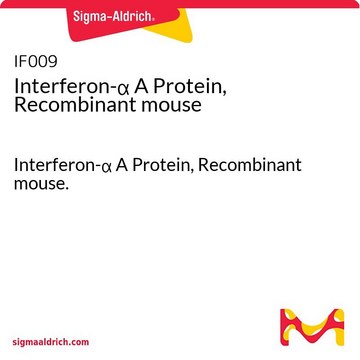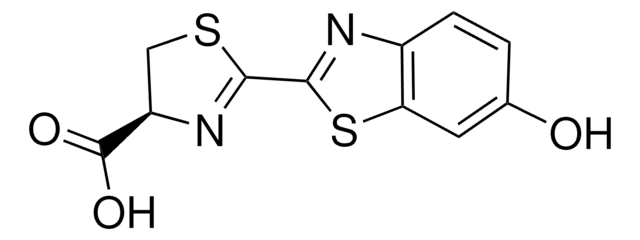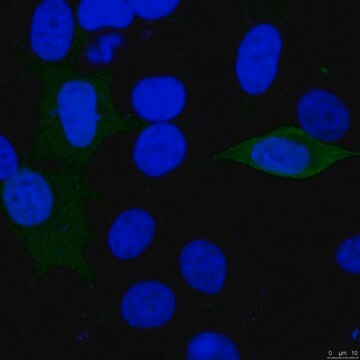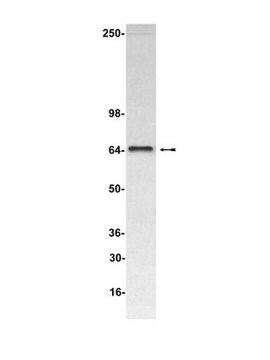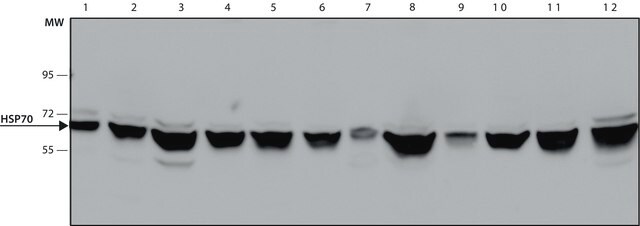Kluczowe dokumenty
L2164
Anti-Luciferase antibody, Mouse monoclonal

clone LUC-1, purified from hybridoma cell culture
Synonim(y):
Anti-Luciferase Antibody
About This Item
Polecane produkty
pochodzenie biologiczne
mouse
Poziom jakości
białko sprzężone
unconjugated
forma przeciwciała
purified immunoglobulin
rodzaj przeciwciała
primary antibodies
klon
LUC-1, monoclonal
Formularz
buffered aqueous solution
masa cząsteczkowa
60 kDa
rozszerzona walidacja
recombinant expression
Learn more about Antibody Enhanced Validation
stężenie
~2 mg/mL
metody
immunocytochemistry: 20-40 μg/mL using transfected 293Tcells expressing luciferase
immunocytochemistry: suitable
western blot: 2-4 μg/mL using whole extract of transfected 293T cells expressing luciferase
western blot: suitable
Warunki transportu
dry ice
temp. przechowywania
−20°C
docelowa modyfikacja potranslacyjna
unmodified
Powiązane kategorie
Opis ogólny
Specyficzność
Zastosowanie
- immunoblotting
- immunocytochemistry
- immunohistochemistry
Działania biochem./fizjol.
Postać fizyczna
Uwaga dotycząca przygotowania
Przechowywanie i stabilność
Oświadczenie o zrzeczeniu się odpowiedzialności
Nie możesz znaleźć właściwego produktu?
Wypróbuj nasz Narzędzie selektora produktów.
Kod klasy składowania
10 - Combustible liquids
Klasa zagrożenia wodnego (WGK)
WGK 1
Temperatura zapłonu (°F)
Not applicable
Temperatura zapłonu (°C)
Not applicable
Wybierz jedną z najnowszych wersji:
Masz już ten produkt?
Dokumenty związane z niedawno zakupionymi produktami zostały zamieszczone w Bibliotece dokumentów.
Nasz zespół naukowców ma doświadczenie we wszystkich obszarach badań, w tym w naukach przyrodniczych, materiałoznawstwie, syntezie chemicznej, chromatografii, analityce i wielu innych dziedzinach.
Skontaktuj się z zespołem ds. pomocy technicznej